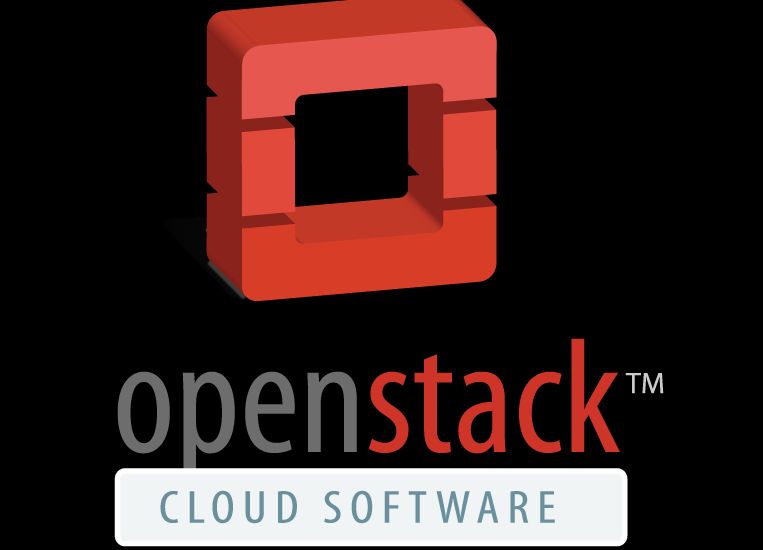Red Hat, Inc. (NYSE:RHT), the world’s leading provider of open source solutions, today introduced updates for Red Hat Enterprise Linux OpenStack Platform 5, the latest version of its enterprise-ready OpenStack platform built with the latest Icehouse community release. An updated, robust installer and new high availability capabilities are designed to enable devops and IT administrators to more easily produce a healthy and fault tolerant Red Hat Enterprise Linux OpenStack Platform deployment. Red Hat Enterprise Linux OpenStack Platform 5 debuted in July 2014, featuring an extended three-year product support lifecycle and enhanced support for VMware infrastructure.
Delivered as an intuitive, “wizard-style” graphical-user interface, the new Red Hat Enterprise Linux OpenStack Platform Installer greatly facilitates the installation procedure, allowing installation without the need for deep command-line deployment expertise. The Red Hat Enterprise Linux OpenStack Platform Installer is built on Foreman, an open source lifecycle management tool. Administrators can use the new installer to customize installation parameters to accommodate a complex infrastructure that fits their unique cloud datacenter requirements, and then reapply those parameters for future deployments. This alleviates the manual installation process, while providing greater flexibility.
The installer can be easily configured for a variety of environments and leverages a new host auto-discovery feature, with bare-metal OS provisioning, to simplify installation and boot-up of new hosts. Along with the new installer, Red Hat Enterprise Linux OpenStack Platform also offers an optional LiveCD version. Users can simply boot from the CD image or USB drive and install Red Hat Enterprise Linux OpenStack Platform straight into their operating environment.
In addition to a more streamlined installation, Red Hat Enterprise Linux OpenStack Platform can now be deployed with high availability. When enabled, high availability provides uptime and scalability for the OpenStack controller and service nodes. In the event of a node or service failure, the high availability cluster manager will contain the failure(s) and automatically take the appropriate actions to recover as quickly as possible to minimize downtime. In addition, it offers an “Active-Active” configuration for those services that support it, allowing all services to run actively across all controller nodes simultaneously.
High availability helps to improve the scalability of Red Hat Enterprise Linux OpenStack platform, so that resources can maintain maximum uptime. Additionally, an integrated software load balancer is also deployed to provide system equilibrium and scalability, by better distributing resource usage and consumption. Built from the new Red Hat high-availability cluster manager software, Red Hat leverages its more than fifteen years of experience in high-availability design to offer a production-ready and fault-tolerant environment. These two new capabilities, paired with the Open Virtual Appliance for Red Hat Enterprise Linux OpenStack Platform, announced by Red Hat last week, now enable IT administrators a more seamless transition to private cloud and OpenStack environments, regardless of their deployment stage.
Availability
High availability and the installer for Red Hat Enterprise Linux OpenStack Platform are currently available for Red Hat Enterprise Linux OpenStack Platform 5, along with an installer guide.
